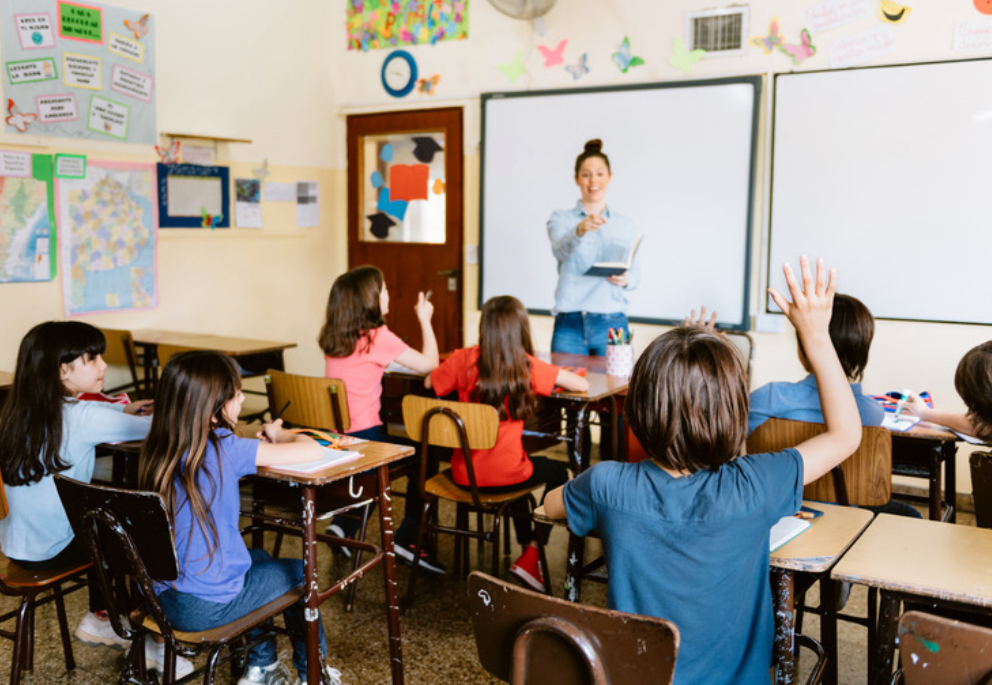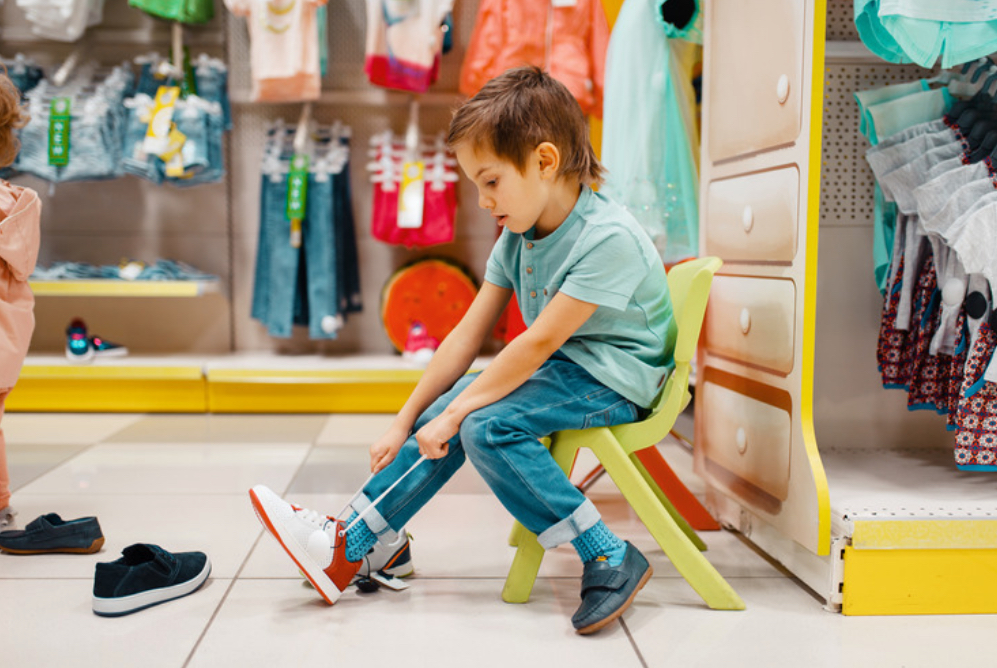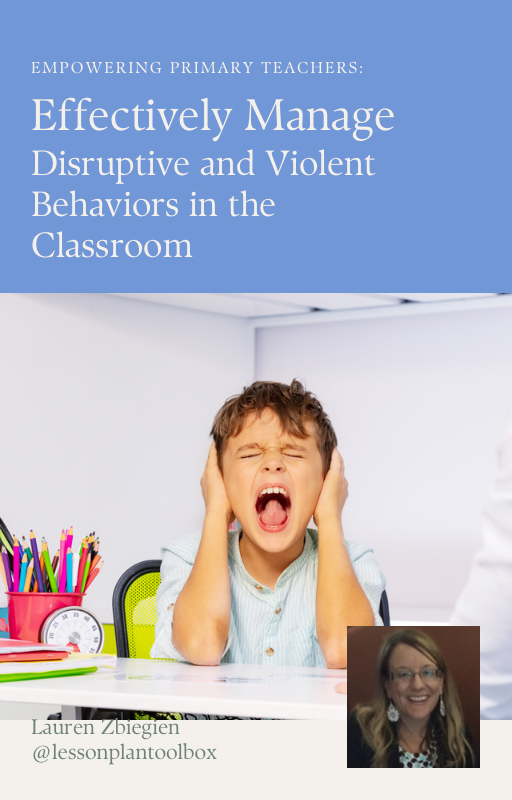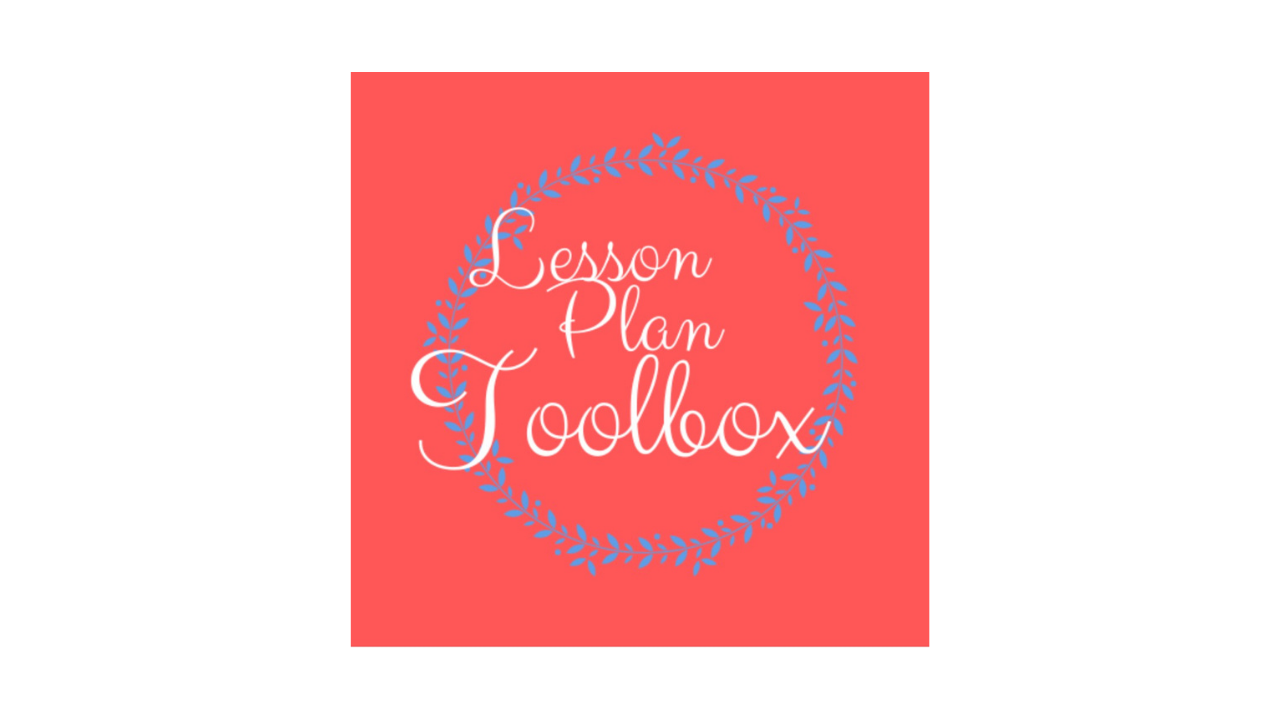
Nurturing the Multisensory Abilities of Primary Students: A Guide for Teachers
Click here to watch the YOUTUBE version of this post.
Welcome to our yearlong series on Classroom Management by Design for Primary Teachers. Each week we will give you a new piece to the classroom management puzzle to have in place when you need it this school year. Think of it as a Lego kit just waiting to be built.
Classroom Management by Design for Primary Teachers:Nurturing the Multi-sensory Abilities of Primary Students: A Guide for Teachers

Imagination:
Primary students are naturally multisensory learners. Recognizing and embracing this in the classroom supports the development of their cognitive skills, including will, memory, intuition, reasoning, imagination, and perception. This blog post explores how teachers can create learning environments that cater to these multisensory strengths, incorporating insights from cognitive research to encourage deeper engagement and improved learning outcomes.
Understanding the Power of Multi-sensory Learning
According to research by the Pediatric Brain Foundation, children absorb information more effectively when they engage multiple senses simultaneously. This approach enhances retention and helps students create strong mental connections, enriching both comprehension and recall (Pediatric Brain Foundation, "Child Cognitive Development: Essential Milestones and Strategies").
Further research by Funderstanding reveals that sensory-rich environments stimulate brain areas responsible for memory and emotional processing, leading to improved cognitive and emotional growth (Funderstanding, "Unleashing the Power of the Intuitive Learner").

Exploring Six Key Cognitive Skills
In primary education, fostering six essential cognitive abilities—will, memory, intuition, reasoning, imagination, and perception—enhances students’ multisensory learning capabilities. Here’s a closer look at each, with practical classroom strategies to support them.
1. Will: Developing Self-Regulation and Motivation
Will, or the ability to focus and persevere, forms the basis of motivation and self-regulation. Studies show that students are more engaged when they set their own goals and are given choices in learning activities, which builds agency and ownership over their learning journey (Juniper Education, "Maximizing Memory Retention for Primary School Children").
Strategy:
Incorporate choice boards in class activities, allowing students to select from a variety of sensory tasks that all meet the same learning goal. For example, in a science lesson, students might choose between a hands-on experiment, a video, or a tactile model.
2. Memory: Strengthening Recall Through Repetition and Multi-sensory Cues
Memory is essential for learning because students rely on it to retain and apply new knowledge. Using repetition, active recall, and sensory experiences enhances memory by reinforcing neural connections (My Brightwheel, "Piaget’s Theory of Development").
Strategy:
Create "memory corners" in the classroom that reinforce lesson content through sensory experiences. For a history lesson, set up a corner with tactile artifacts, a visual timeline, and audio clips, allowing students to revisit concepts through different sensory channels.
3. Intuition: Building Awareness and Instinctive Learning
Intuition, or the ability to form quick judgments based on patterns, helps children make connections and boosts their confidence in their ideas. According to research, intuition allows children to recognize recurring patterns and apply prior knowledge to new situations (Funderstanding, "Unleashing the Power of the Intuitive Learner").
Strategy:
Introduce open-ended tasks like storytelling, where students use their intuition and imagination. Provide sensory prompts like images, sounds, or textures to inspire creativity, encouraging students to rely on their intuition to create narratives.

4. Reasoning: Encouraging Problem-Solving and Logical Thinking
Developing reasoning in early years prepares students for critical thinking and problem-solving. Combining sensory inputs in learning tasks enables children to use hands-on methods to understand abstract ideas (Pediatric Brain Foundation, "Child Cognitive Development").
Strategy:
Introduce tactile problem-solving exercises, like building structures with blocks to learn about balance and gravity. Manipulating objects helps students build logical thinking and understand cause and effect in a sensory context.
5. Imagination: Expanding Creativity Through Sensory Exploration
Imagination fosters creativity and curiosity, essential for lifelong learning. Encouraging imaginative play and sensory engagement helps children make connections across ideas and enhances problem-solving skills (Juniper Education, "Maximizing Memory Retention").
Strategy:
Set up a "Creativity Corner" with art supplies, clay, and sensory bins where students can represent stories or lessons. Physically interacting with materials makes abstract concepts more concrete, supporting imagination and creativity.
6. Perception: Enhancing Interpretation of Sensory Information
Perception is key to interpreting sensory input and understanding the world. Children learn to integrate sensory information to form well-rounded perceptions, which builds confidence and critical thinking (Sekybh, "The Impact of Multi-sensory Activities on Learning").
Strategy:
Design “perception stations” with various textures, sounds, and visuals where students complete observational tasks. For instance, students might listen to nature sounds while feeling related textures, enhancing sensory integration and mindfulness.

Implementing a Multisensory Approach
A multisensory classroom tailors learning to individual students by engaging multiple senses simultaneously. Here’s how teachers can apply this approach across subjects.
Language Arts
Touch: Use textured letters for early literacy, allowing students to trace letters while they learn their shapes and sounds.
Sight and Sound: Pair visual storyboards with audio storytelling, as research suggests combining language learning with sensory inputs boosts vocabulary retention and comprehension (My Brightwheel, "Piaget’s Theory").
Math
Tactile Manipulatives: Use counting beads, base ten blocks, or sensory mats, enabling students to feel numbers and operations.
Movement: Incorporate rhythm games and body movements for counting and memorizing math facts, as studies indicate rhythm enhances memory retention in young children (Juniper Education).
Science
Observation Stations: Design science units around multisensory exploration, such as examining plant textures, smelling herbs, and observing growth.
Experiential Learning: Conduct experiments that engage multiple senses, such as mixing baking soda and vinegar to teach chemical reactions.

Benefits of Multi-sensory Learning
Using multi-sensory learning yields key benefits:
Higher Engagement and Focus: Sensory-rich environments hold young learners’ attention and reduce behavioral distractions.
Improved Retention: Sensory connections enhance memory recall, crucial for foundational learning in primary years.
Enhanced Problem-Solving Abilities: Sensory activities develop reasoning and cognitive flexibility, allowing students to apply critical thinking across subjects (Sekybh, "Impact of Multi-sensory Activities").

Conclusion: Embracing a Sensory-Rich Classroom
By incorporating a multisensory approach, teachers create a classroom environment that resonates with each student’s learning style. Integrating will, memory, intuition, reasoning, imagination, and perception strengthens students' cognitive skills, building a foundation for lifelong learning.
This approach not only enhances academic growth but also nurtures emotional and social development, creating a dynamic, inclusive classroom environment where every student can thrive.
GUESS WHAT'S COMING...
We are going to be opening the doors to the Lesson Plan Toolbox: Mastering Classroom Management for the Primary Teacher Membership (with LIFETIME access) in just four weeks🤩
We cannot wait to begin helping even more teachers reach success on their classroom management journey!
Be on the lookout to register for the wait list starting next week:)
DID YOU KNOW…
Did you know I organize a FREE Facebook Group for Mastering Classroom Management? We are gearing up for our school year quarter sessions, so if you’re looking for a simple way to improve your classroom management join the already 200+ teachers that have signed up: Mastering Classroom Management Facebook Group
Your ebook GIFT: Empowering Primary Teachers: Effectively Manage Disruptive and Violent Behaviors in the Classroom

FINALLY…
If you enjoyed the tips in this post, you might also enjoy this series of videos Classroom Management by Design for Primary Teachers:
Mastering Parent-Teacher Conferences
The Power of Silence: A Step-By-Step Approach to Incorporating Silence in Your Classroom
The Power of Silence in the Classroom
The Power of Your Words in the Classroom
Mastering Conflict Resolution in the Primary Classroom
Don’t forget to follow us over on Instagram!
Teach~Relax~Repeat
Lauren

References:
- Pediatric Brain Foundation, "Child Cognitive Development: Essential Milestones and Strategies"
- Funderstanding, "Unleashing the Power of the Intuitive Learner"
- Juniper Education, "Maximizing Memory Retention for Primary School Children"
- My Brightwheel, "Piaget’s Theory of Development"
- Sekybh, "The Impact of Multisensory Activities on Learning"
